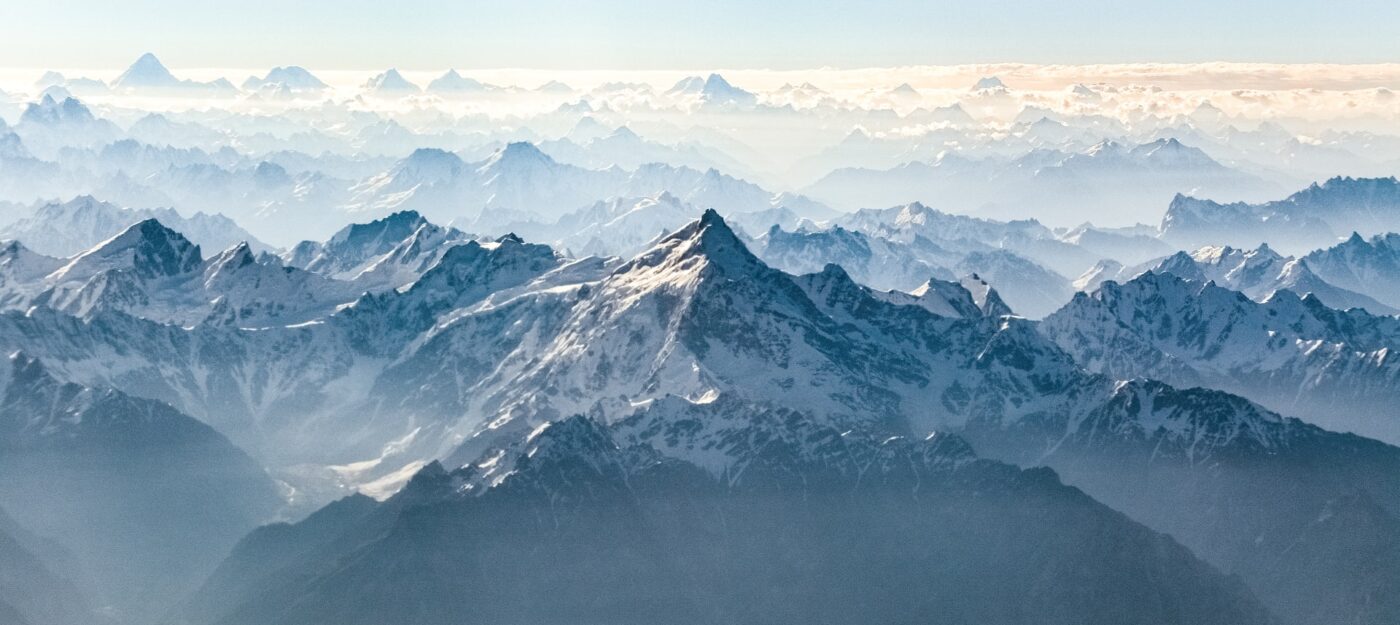Trip Overview
If you are an ardent climber, no amount of hiking in Nepal will quench your appetite for adventure. Until you want to continue farther down the trekking route to the Peaks, no climbing experience is required. Peak climbing in Nepal is as popular as any other adventure. Despite the fact that it is extremely difficult and requires a wide range of skills.
The tiny peaks in Nepal that have been declared open for summiting are those that are less than 7,000 meters in elevation. Even the smallest of the so-called lower peaks open to climbing is likely to be higher than North America’s and Europe’s tallest peaks.
Climbing these summits will test your vertical limits as well. As none of them can be reached without a decent base camp and a couple of well-equipped high camps. Escalating all the way to the peak and returning to base camp may take 8–12 days. And the total expedition could take 3–4 weeks.
Different Peaks of Nepal
Mera peak, Island peak, and Lobuche east are some of the most popular climbing peaks in the Everest region. On Pisang and Chulu east, Annapurna is home to popular peak climbing. There are numerous additional popular peak climbing destinations in the Everest, Annapurna, Ganesh, Langtang, Manang, and Rolwaling regions. Which have been enjoyed by mountaineers for decades.
Peak climbing in Nepal is extremely difficult and requires far more than trekking skills in the thin air. Aside from physical abilities to reach the summit. The trek would necessitate a thorough understanding of mountaineering, including the use of an ax and ropes. There should be an excellent convoy working 24 hours a day, 7 days a week to ensure the route and safety, and several permits from the Nepalese government are required.
Peak climbing in Nepal, one of the world’s highest monuments, may be extremely rewarding. Ascending one of these stunning peaks in any of the country’s locales will reward you. With breathtaking views of the world’s highest mountains. Early acclimation in attractive culture-displaying villages allows you to experience the finest of Nepal’s nature and culture.
Countless peak climbs and expeditions in Everest, Annapurna, and Langtang have been planned by Travel Nepal Now. It is critical to ensure that you have the correct team for this highly professional excursion in order to assure success and safety. We will make your trip one of the most memorable vacations of your life. We recommend combining the Everest Base Camp trek with the Lobuche East Peak climbing adventure for a once-in-a-lifetime experience.
Why is Peak Climbing in Nepal Popular
Similarly, in the upper Himalayas, peak climbing is a popular adventure sport. Nepal has 1310 Himalayan peaks over 6000 meters, including 8 of the world’s 14 highest summits, with 326 peaks officially open to climbing and mountaineering. As a result, Nepal is unquestionably the top mountaineering and climbing destination in the world. Thousands of climbers and mountaineers visit Nepal for a variety of reasons: some to put their abilities and fortitude to the test, while others come to realize their dream of summiting an adventurous Himalayan peak and standing at the top of the globe. Peak climbing is the best way to climb a Himalayan peak while also giving you a flavor of being in the snowy outdoors without burning a hole in your pocket.
Highlights of the trip
- Explore different flora and fauna of the place
- Get on a scenic flight to Lukla
- Explore Namche Bazaar
- Visit different famous places like Tengboche, Dingboche, etc
- Get a chance to travel to Everest Base Camp, Lobuche Base Camp
- Experience the different cultures of the Himalayas

